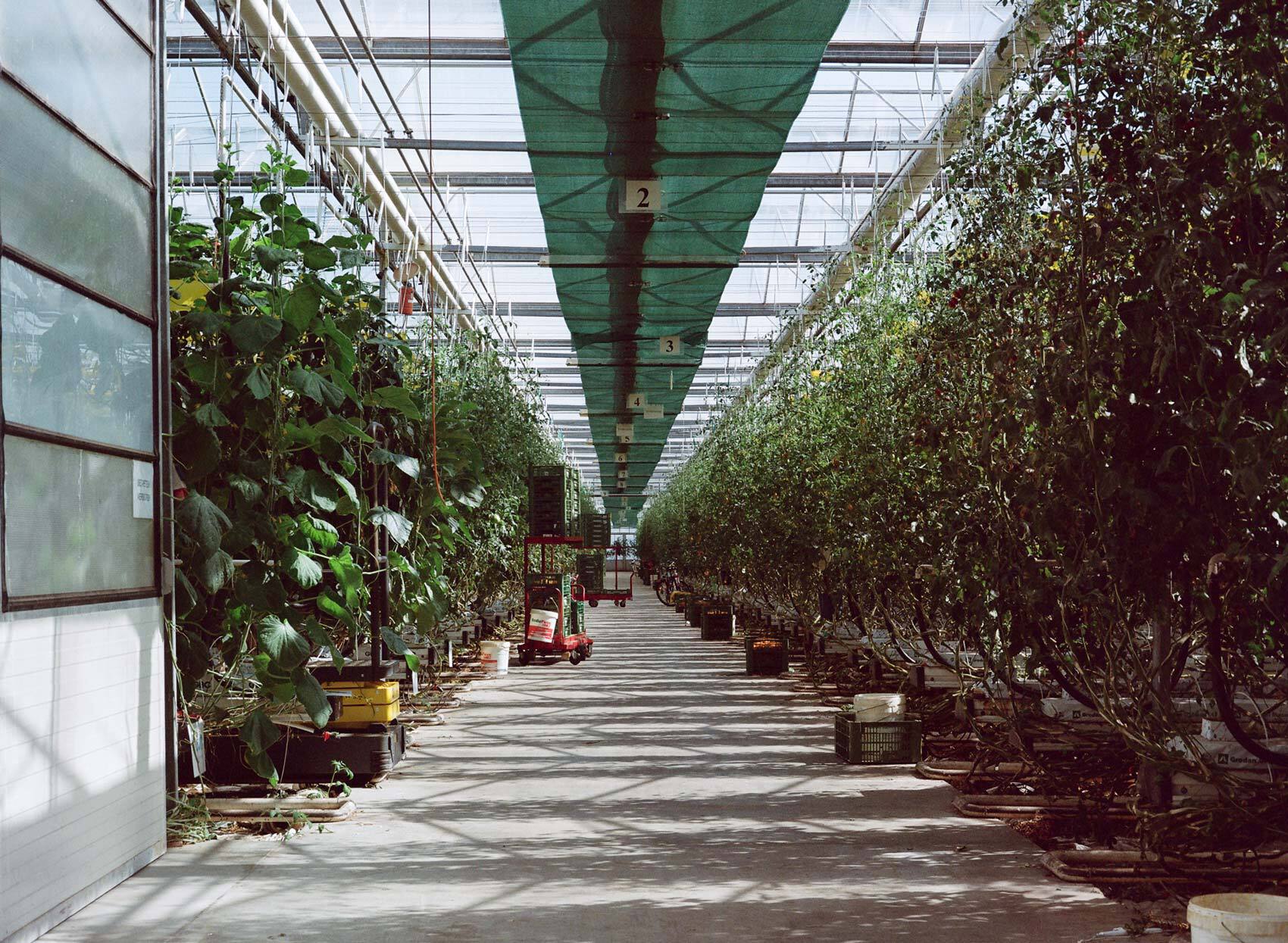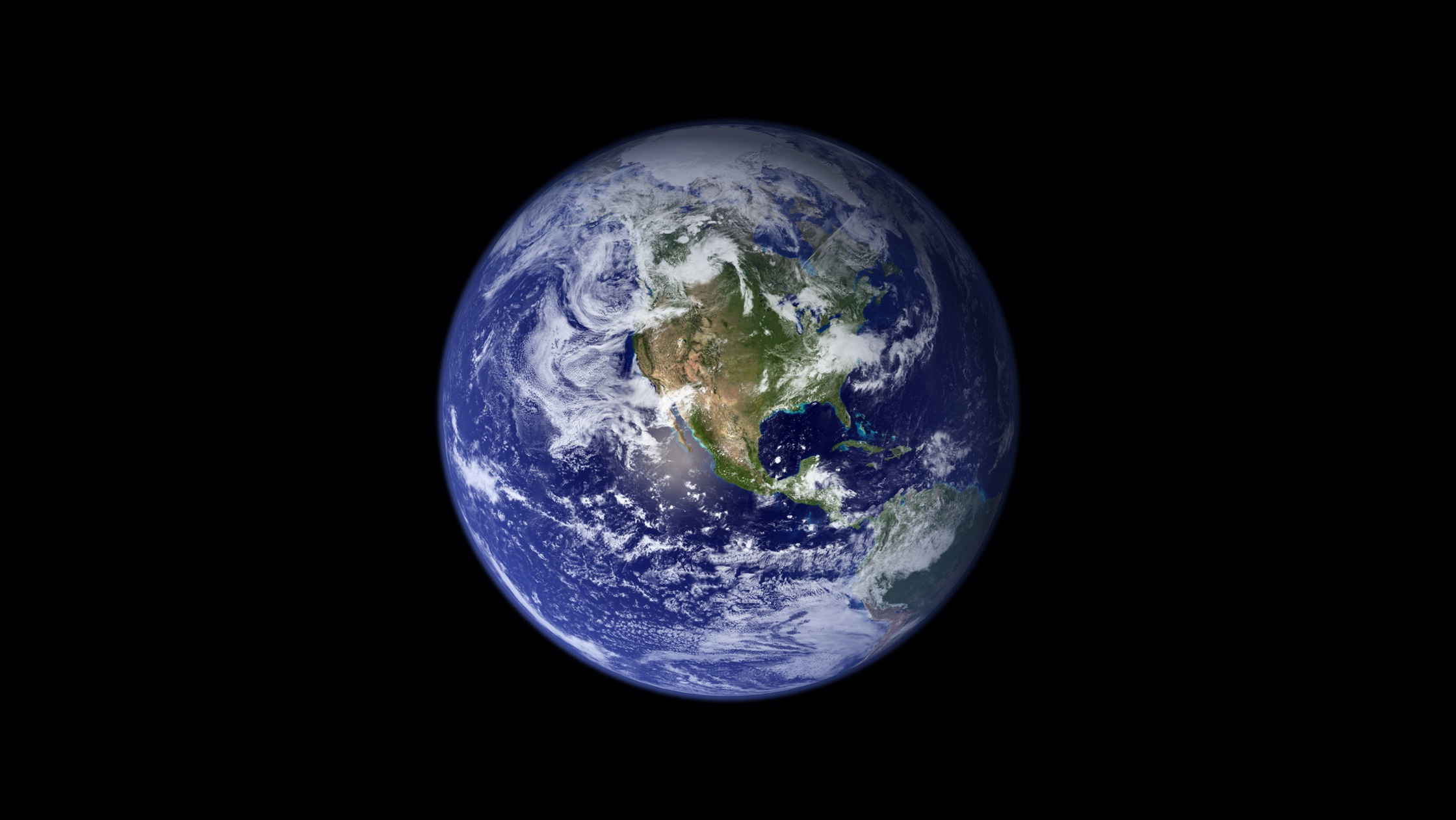Having dedicated the first edition of Questions and Architecture to the issue of domesticated nature and, in particular, to an investigation of the specific relationship between people, animals and nature through the lens of built space, we are using this second edition to address the agriculture of tomorrow.
This emphasis on ‘we’ – the first person plural – only serves to underline the fact that we are addressing a subject of vital importance to every one of us: future global food security. Following on from the last edition, we are trying to place the cohabitation of people, animals and nature in a spatial context. Just like such archetypes as the early farmhouse or the glasshouses of the renaissance, industrialised forms of primary agricultural production can also be traced back to the anthropocentric paradigm of controllable nature. And this raises an underlying question: Does the constantly repeated assertion that global food demand can only be met by large-scale forms of production not require fundamental revision?
It is against this background that we would like to turn the spotlight onto some current developments that present a clearly differentiated image and enable us to identify a paradigm change that has been given extra momentum by the present pandemic.
Ordering things spatially, I will start with the smallest example: We want to give you a taste (in the best sense of the word) of a mealworm farm, which you can run in your own kitchen and which transforms your kitchen waste into valuable proteins. We will take a look in urban cellars, in which oyster mushrooms are grown on a base of coffee grounds, and in an aquaponics plant on the edge of Vienna, which combines fish breeding and vegetable growing in a closed cycle. Vienna is also home to a pioneering “urban farming” facility that, after slumbering for many years, will be given a new lease of life in the next few months and should become an international model.
In order to place these highlights in a coherent, global context we have also compiled some facts and figures that we have presented in particularly descriptive manner.
Finally, we ask the question of what each and every one of us can do in order to ensure that we are facing a future that is not just shaped by industrially mass produced monocultures. We take the optimistic view that the collective behaviour of individuals can make a greater contribution to bringing about the necessary change in values more creatively and, in particular, more quickly, than if this is left to politics or business.
In this sense we would like to wish all of you a proactive introduction to a future that we will shape together and trust that you will find lots of new ideas as you read and consider the articles in this edition.
Wolfgang Fiel, Editor in Chief
November 1 2020




